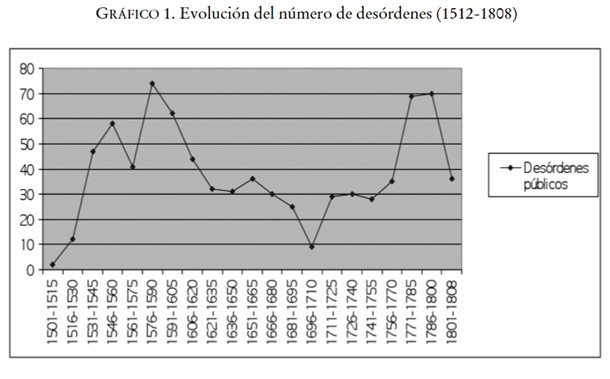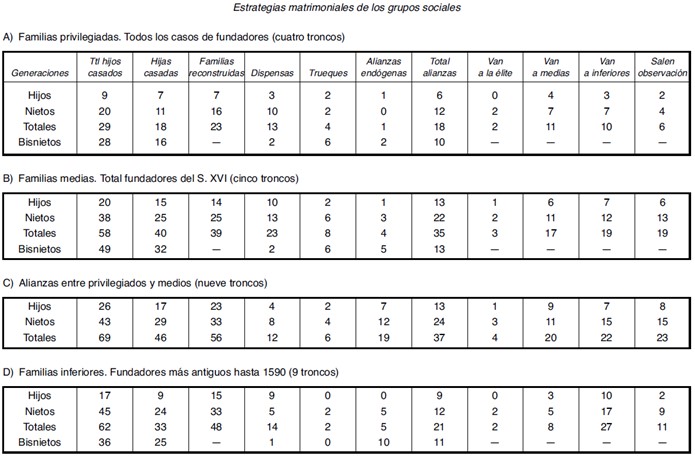
The study of conflict in the kingdom of Navarre during the Modern Age offers interesting insights into the days of the week and the times when disturbances took place. As can be seen in the resource, low-intensity disorder, most of which was carried out by young people (48%) in the public streets, took place on public holidays (35%) and at night (51%), as can be seen in the resource. After public holidays, Sundays (22%), Tuesdays (13%) and Mondays (9%) were the most conflictive days. In terms of time of day, after the evening phase, the morning phase was followed by the morning (23%), with evenings (16%) and early mornings (10%) being the least preferred times for altercations. It is not surprising that the perpetrators chose the night, the rest of the neighbourhood and the lack of control by the authorities to carry out their disturbances and brawls. The monthly distribution of the disturbances is undoubtedly more curious. Indeed, the months of February, April, May, August and September show the highest values. The author identifies the causes: in February, carnivals, in April and May, processions and pilgrimages, while in August and September, local festivities provided the framework for unrest.
Collection: Graphics
Project: 6. Under a cloak of terror: violence and armed conflict in Europe., 7. Persecuted by justice and powers: rebels, political dissidents and criminals in the history of Europe.
Chronology: XVI, XVII, XVIII, XIX
Scope: Secondary Education, Baccalaureate, University
Link: https://revistas.usal.es/index.php/Studia_Historica/article/view/9116/9354
Resource type: Graph
Format: Pie chart
Source: Ruiz Astiz, J. (2011). "Fuentes para el estudio de la violencia colectiva en la Navarra moderna: el valor de la documentación procesal", en Studia Historica, vol. 33, p. 276.
Language: Spanish
Date: 2011
Owner: Pablo Ballesta Fernández (Modernalia)
Copyright: ©Studia Historica ©Javier Ruiz Astiz
Abstract: Graph showing the number of altercations that took place on each day of the week and the times at which they occurred. The resource also refers to the most conflict-prone months; those that hosted events that mobilised the local community
Image
Tags







